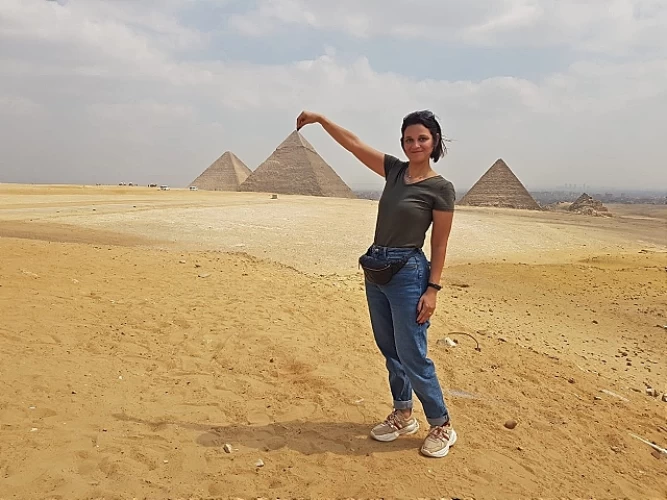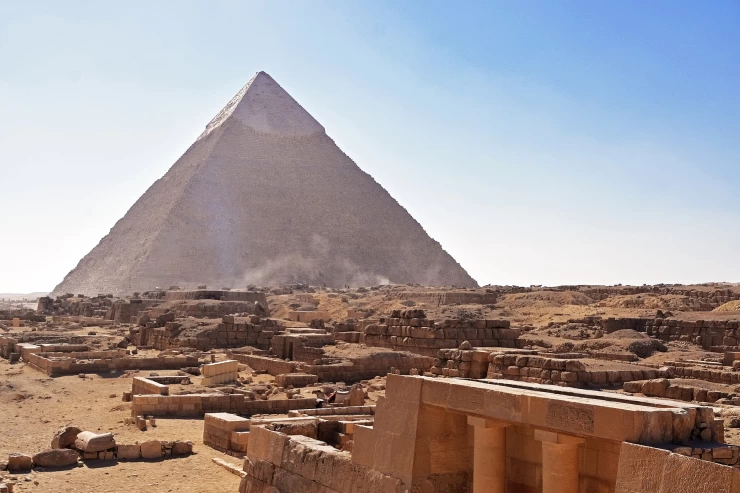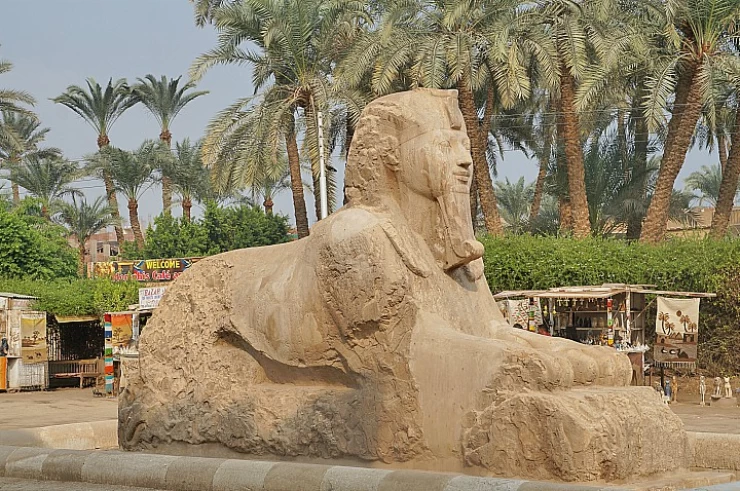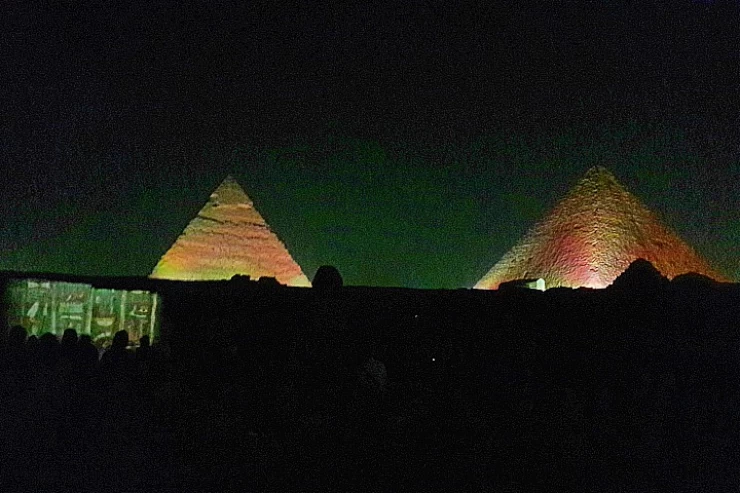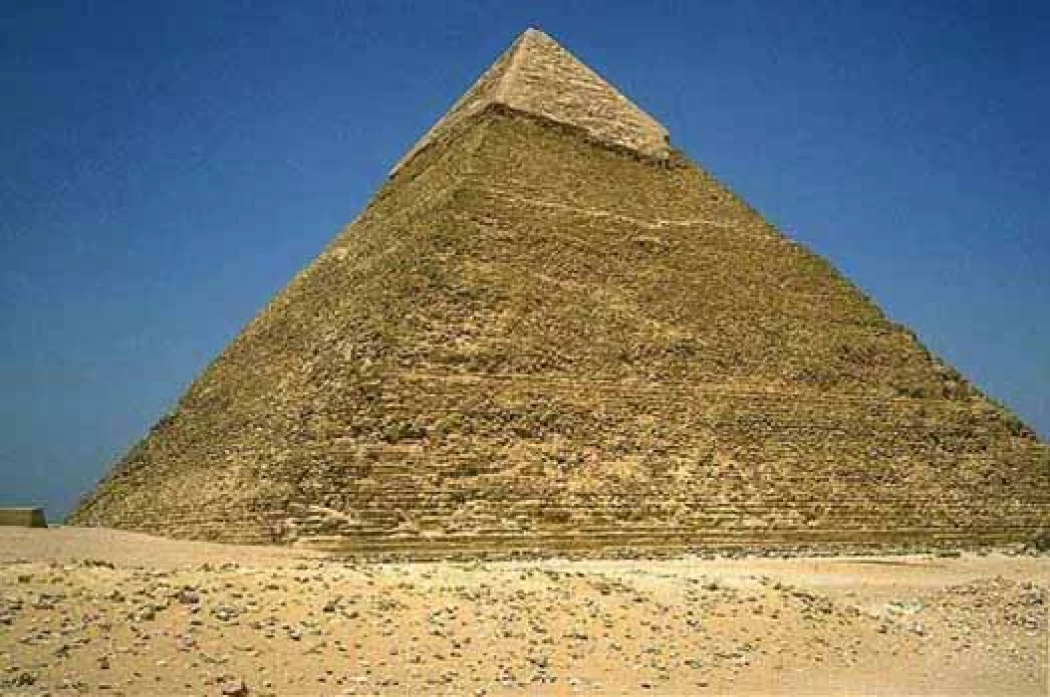
King Khufu | The Second King of the fourth dynasty
King Khufu
King Khufu is one of the most famous kings of ancient Egypt. King Khufu came after his father, King Sneferu, as the second king of the fourth dynasty.
His character was also linked to the story of his pyramid, as some believe that Khufu, by building this miraculous pyramid, has harnessed his people to this work and is, therefore, an unjust king, as Herodotus narrated, that the construction of the pyramid took twenty years of oppressing the people and that the ascending road took ten years; that is, the total is thirty years.
But the truth is that the pyramid employed about a hundred thousand workers annually over thirty years, and they worked only during the four months of the flood, as agriculture was the main occupation of the ancient Egyptians. Thus, King Khufu provided his people with opportunities to work during a time of no work, and therefore, he was the first king to insure his people against unemployment.
King Khufu's construction of the Great Pyramid in Giza, regarded as one of the seven wonders of the world, stands as one of his most significant works. It took about twenty years to build it, and its height is 146 meters, of which about nine meters have shrunk as a result of erosion factors and the removal of the outer cladding stones, and the amount of stones used in its construction is about two million and three hundred thousand blocks of stone.
King Khufu's origins
There is firm evidence that Khufu's mother is Queen Hetep Hiras, and it is also believed that his father is Sneferu. The tomb of Hetep Hiras was found with a collection of bottles, seals, and offerings, some of which had Sneferu's name written on them. Therefore, it is believed that Hetep Hiras was the wife of Sneferu, and since she was Khufu's mother, Sneferu was likely Khufu's father.
There are statues of King Khufu, often between 5 and 7 centimeters in height, made using an elephant's tooth.A statuette in the Egyptian Museum in Tahrir Square, “Museums in Cairo,” was found in Abydos in 1903 by an American researcher.The statue comes with a red-colored crown, which is the crown of the sea face.The statue used to have Pharaonic cartouches with King Khufu's name engraved on it, but it is no longer visible now.
There is a difference in the duration of the pharaoh's reign, and one of the most important pieces of evidence is the Turin Papyrus, which refers to the duration of his reign as 23 years.The Greek historian Herodotus says that King Khufu's reign was 50 years, while an Egyptian priest named Manitou says his reign was 63 years.
During the reign of King Khufu, he sent two expeditions, one to the Bahariya Oasis and the Dakhlah Oasis in the New Valley in the Libyan Desert, while the other expedition he sent to Sinai to find copper and turquoise.
King Khufu's Boat Museum
South of the eastern side of the pyramid is a modern building that houses the boat that was discovered in 1954. It is a huge royal boat made of cedar wood, which was found disassembled in the pit and is one of the largest boats found in Egypt so far. On the front of the boat's deck is a canopy, the center part of which is covered by a frame that holds the canopy. At the back of the boat is the main cabin, in the form of a roof supported by palm tree pillars.
At present, the Great Pyramid stands as an assurance of Khufu's vision and the ingenuity of the ancient Egyptian civilization. Whether it is divine supremacy or a human marvel, such grandiosity and mysterious features in this grand work draw millions of people who marvel at its bared beauty and the secrets it keeps within.
Although the reign of King Khufu ended over 4,500 years ago, his very shadow is felt through time and ensures that he remains one of the most enigmatic and most ambitious rulers of ancient Egypt.
Contrary to his gigantic pyramid, not much is known about the personality of Khufu. His ruling has been reported in varied ancient sources: while some describe him as a stern and despotic king, others report him as a just and god-fearing leader. The only extant life-size statue of Khufu, carved in ivory, has been discovered from Abydos and serves as rare evidence of the appearance of this ruler.
It can be so difficult to imagine such an immense structure; the fact that the whole of London's parliament and Saint Paul's Cathedral could be contained there comfortably may perhaps help you get an idea.
Napoleon Bonaparte, the passionate admirer of Egyptian antiquities, was so impressed by his visit to the plateau of Giza that (thanks to the help of his mathematicians) he was able to officially announce that in the three pyramids, there was enough stone to build a three-meter-high wall that surrounded the whole territory of France.
The Great Pyramid is, among all, the one aligned most precisely. It is clear that the orientation had to be very important for engineers and supervisors. However, we do not know for sure if such precision was a practical response to the Bent Pyramid in Dahshur and Meidum accidents, or if at the base there was simply a religious need that made it necessary to align the funeral chamber (and consequently the body of the deceased pharaoh).
Here, Cheops was to be buried for eternity in his Aswan red granite sarcophagus. However, some Egyptologists believe that all three rooms were part of the original plan; in particular, the "Queen's Chamber" would have served as a serdab room, in which a statue of the late pharaoh was to serve as a substitute for his body. Five rooms were built above the "King's Chamber" to lighten the structure, an innovation that served to distribute the load of the pyramid that would otherwise have overloaded the ceiling of the burial chamber. Without worrying about understanding the key terms of Egyptian history, we will see an Egyptologist guide, who will meet your expectations.







